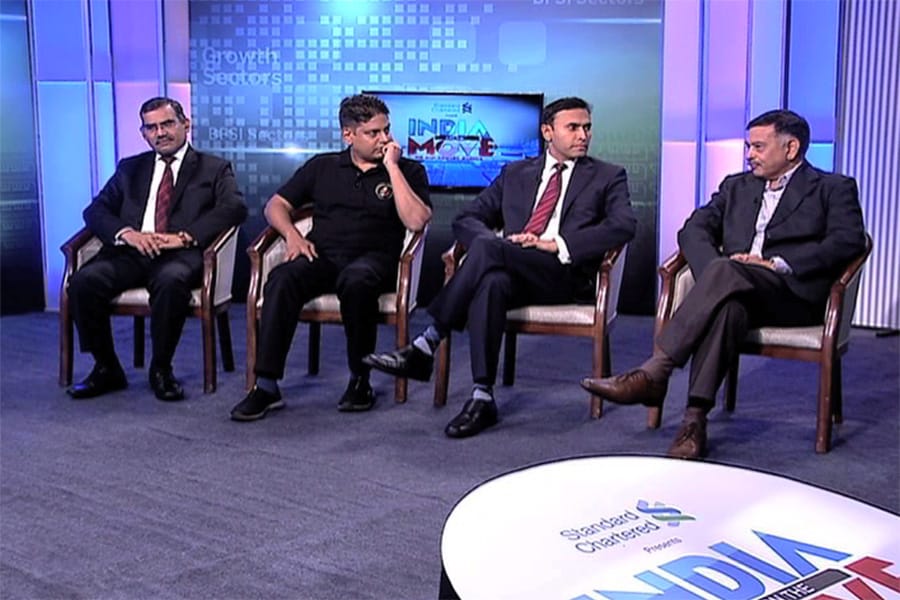
The changing banking landscape

November 8th 2016, revolutionized the way people banked in India. Demonetisation - a drive to bring out black money gave a fillip to ‘Digital India’. As per Reserve Bank of India, there has been enormous growth in digital payments after demonitisation. Restricted access to cash forced even the local roadside vendors like fruit and vegetable sellers to open up bank account and accept digital payments. Compared to previous year, transactions through digital channels trebled and quadrupled in volume and value. This includes various modes of digital transfer ranging from wallets to cards and interbank transfers. Even the (POS) card transaction at the point of sale terminals at merchant locations have gone up. Debit card transactions went up by more than 1billion in January from 817 million last year while ATM transactions have remained constant at around 700 million.
Apart from use of plastic money, the UPI – Unified Payments Interface and BHIM- Bharat Interface for Money launched by the Government of India to transfer money through mobile phone has reached out to millions of customers. While 16 million customers have downloaded the application, about 5 million are active customers – that is they have downloaded the UPI app, linked the application with bank account, and are using to send money to one another. The main selling point of UPI is transferring money over an UPI ID without having to reveal personal details. Neither the seller nor the receiver will know each others bank account details. This makes UPI secure mode of money transfer.
The rising popularity of UPI has led to a natural question about the future of mobile wallets. Experts believe they will all grow and coexist as Indians still like dealing in cash. Mobile wallets are like cash in hand. It is a secure, convenient and efficient way to pay without having to carry multiple credit or debit cards or even wads of cash and coins. These wallets allow performing a range of activities from booking flight tickets to paying up grocery bills. UPI has a long way to go before establishing a monopoly in digital transactions. Since the target audience of UPI is not only city but the villages of India as well, the need is to educate the village folks about the use of the app. There are myths surrounding UPI that it works only on a Smartphone whereas any feature phone is sufficient. Similarly, there are few other issues that UPI will take time to sort out by proper disseminations of information.
Digital payment system in India has brought about competition and other technological benefits too. This non-cash digital payment system generates a lot of data which can be analyzed by the banks with the help of tech companies using Big Data. This will help understand the customer behavior and check credit worthiness before issuing loans.
The opportunities and challenges that lay ahead in the Indian banking system was discussed in depth by Latha Venkatesh with AP Hota, MD & CEO NPCIL, Venkatesh Hariharan, Director Fintech, ISPIRIT, Sanjay Gurjar, MD & Head Transaction Banking Standard Chartered Bank, AP Singh, CEO India Post Payments Bank.
Catch the episode exclusively on forbesindia.com
X




